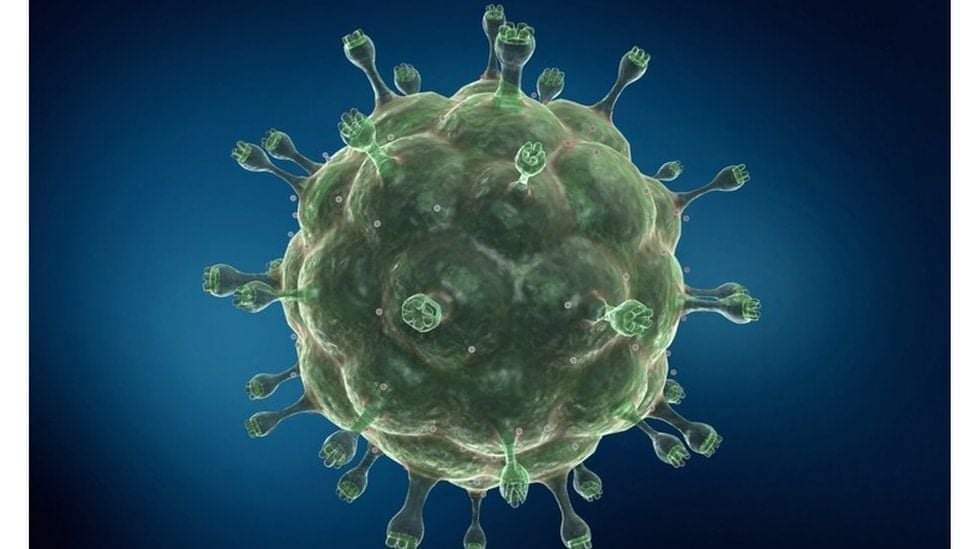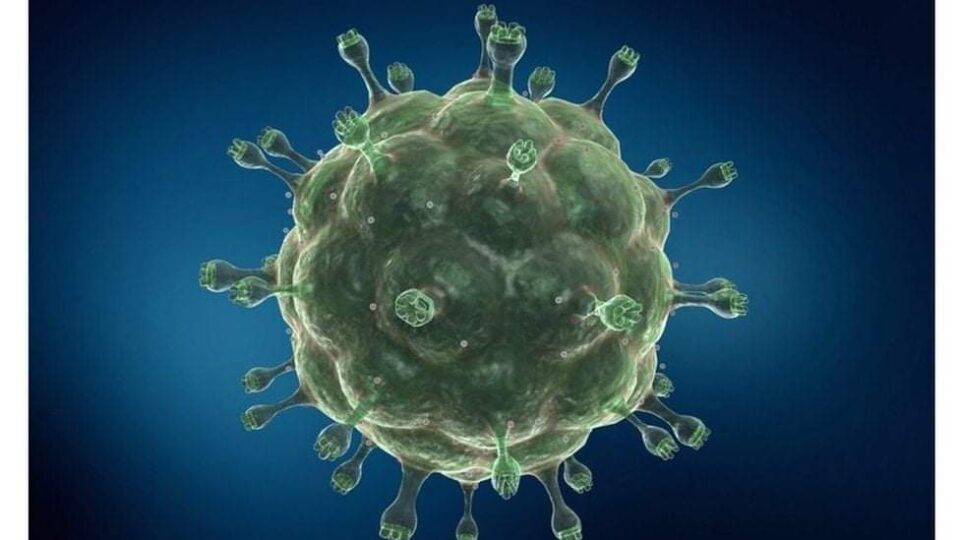Kenya has emerged as one of the countries with the highest HIV epidemic sizes globally, ranking seventh according to recent statistics. The nation is grappling with an estimated 1.4 million individuals living with the disease.
This staggering figure underscores the ongoing challenge that HIV/AIDS poses to public health in Kenya, and highlights the critical need for sustained intervention efforts.
The Scope of the HIV Epidemic in Kenya
The HIV/AIDS epidemic in Kenya has been a significant public health issue for decades. Despite extensive efforts to curb the spread of the virus and improve the lives of those infected, the country remains heavily burdened by the disease.
The latest data indicating that 1.4 million people are living with HIV reveals the magnitude of the epidemic and the urgent need for continued action.
Factors Contributing to Kenya’s HIV Epidemic
Several factors contribute to the high prevalence of HIV in Kenya. Key among these is the high rate of new infections. Despite considerable progress in reducing new HIV infections over the years, the rate remains alarmingly high.
The primary modes of transmission include unprotected sexual intercourse, mother-to-child transmission, and to a lesser extent, transmission through contaminated blood and blood products.
Socio-economic factors also play a significant role. Poverty, lack of access to education, and limited healthcare resources exacerbate the epidemic. In many parts of the country, especially rural areas, healthcare services are not easily accessible, and there is a significant gap in the availability of antiretroviral therapy (ART).
Stigma and discrimination further complicate the fight against HIV/AIDS. Many individuals living with HIV face social ostracism, which discourages them from seeking testing and treatment. This stigma can lead to late diagnosis and treatment, worsening health outcomes and increasing the risk of transmission.
Government and International Response
The Kenyan government, in collaboration with international organizations, has implemented numerous strategies to combat the HIV epidemic. These efforts include widespread education campaigns aimed at increasing awareness about HIV prevention and treatment, scaling up HIV testing services, and expanding access to ART.
In recent years, there has been a significant push towards the “90-90-90” targets set by UNAIDS, which aim for 90% of people living with HIV to know their status, 90% of those diagnosed to receive sustained ART, and 90% of those on ART to achieve viral suppression. While Kenya has made progress towards these goals, there remains a gap that needs to be bridged.
The Role of Non-Governmental Organizations
Non-governmental organizations (NGOs) play a pivotal role in supporting the fight against HIV/AIDS in Kenya. Organizations such as the Kenya Red Cross, Médecins Sans Frontières (Doctors Without Borders), and local community-based groups provide vital services ranging from prevention education to care and support for those living with HIV.
These NGOs often work in the hardest-to-reach areas, providing services where government programs may not be able to reach.
Challenges and Future Directions
Despite the progress made, several challenges remain in the fight against HIV/AIDS in Kenya. One of the most pressing issues is the need for sustained funding. Many HIV programs in Kenya are heavily reliant on international funding, which can be unpredictable. Ensuring consistent and reliable funding is crucial to maintaining and scaling up existing interventions.

Additionally, addressing the socio-economic determinants of health that fuel the HIV epidemic is essential. This includes improving access to education, reducing poverty, and strengthening healthcare systems.
Kenya’s ranking as the seventh-highest country globally in terms of HIV epidemic size highlights the ongoing struggle against this devastating disease. With around 1.4 million individuals affected, it is clear that concerted efforts must continue to combat the spread of HIV and improve the lives of those living with the virus.
Through sustained government action, international support, and community-based efforts, there is hope that Kenya can make significant strides in controlling and eventually ending the HIV epidemic.

